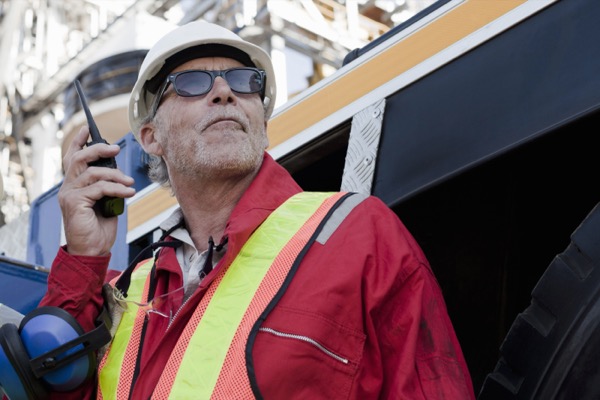In the realms of occupational health and safety, the presence of safety showers and eyewash stations plays a pivotal role in safeguarding the well-being of employees. These facilities are not just mere fixtures; they are vital lifelines in the event of an emergency. Designed to deliver immediate decontamination and cleansing, they serve as first-response tools in workplaces prone to hazardous substance exposure.
The first few seconds following exposure to harmful substances are critical. Chemical burns or the adverse effects of hazardous materials can escalate rapidly without immediate treatment. Safety showers and eyewash stations provide an on-the-spot decontamination solution, mitigating injuries and reducing the risk of long-term health consequences. Their strategic placement within work environments ensures quick access, vital for limiting the impact of accidental exposure. Adherence to stringent health and safety regulations is not only a legal requirement but also a moral obligation for employers. Regulations such as the Occupational Safety and Health Administration (OSHA) in the United States, and similar bodies globally, mandate the installation of safety showers and eyewash stations in relevant industries. Regular maintenance and inspections of these facilities are crucial to ensure they are always in optimal working condition.
Safety showers are engineered to deliver a large volume of water, covering the entire body to effectively rinse away hazardous substances. Key features include a pull-rod or lever for easy activation, an adequate flow rate, and non-corrosive materials. Some advanced models are equipped with temperature control mechanisms to prevent hypothermia during prolonged usage, particularly in extreme environments. While safety showers cater to full-body decontamination, eyewash stations are specifically designed for the delicate area of the eyes. Given the sensitivity and vulnerability of the eyes to chemicals and particles, these stations are equipped with a gentle yet effective flow. They ensure thorough cleansing by flushing out harmful substances without causing additional damage to the eyes.
The configuration of safety showers and eyewash stations should align with the specific hazards present in a workplace. Industries dealing with highly corrosive substances, for instance, might require more specialized equipment compared to those handling less hazardous materials. Understanding the unique needs of each workplace environment is essential in providing optimal safety solutions.
Equipping a workplace with safety showers and eyewash stations is only part of the solution. Regular training and drills for employees are imperative to ensure they know how to use these facilities effectively in an emergency. Awareness campaigns and signage also play a significant role in reinforcing the importance of these safety measures. The evolution of safety showers and eyewash stations is marked by continuous innovation. From advancements in materials that resist harsh chemicals to the integration of technology for remote monitoring and alerts, these developments enhance the effectiveness and reliability of emergency decontamination facilities.
Investing in high-quality safety showers and eyewash stations is not just a regulatory compliance issue; it’s also an economic consideration. The costs associated with workplace accidents, including medical expenses, loss of productivity, and potential legal liabilities, far outweigh the investment in adequate safety measures. Employers who prioritize the safety of their workforce not only foster a healthier work environment but also benefit from reduced accident-related costs.
The incorporation of safety showers and eyewash stations in workplaces dealing with hazardous materials is a testament to an organization’s commitment to safety. These essential safety fixtures serve as guardians, protecting employees from the immediate and long-term effects of hazardous substance exposure. Their presence is a critical component in creating a safe and compliant work environment.







